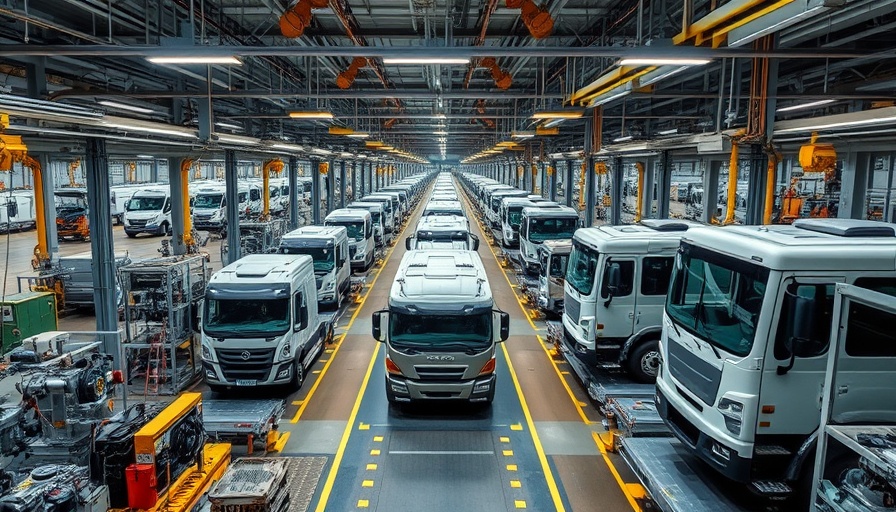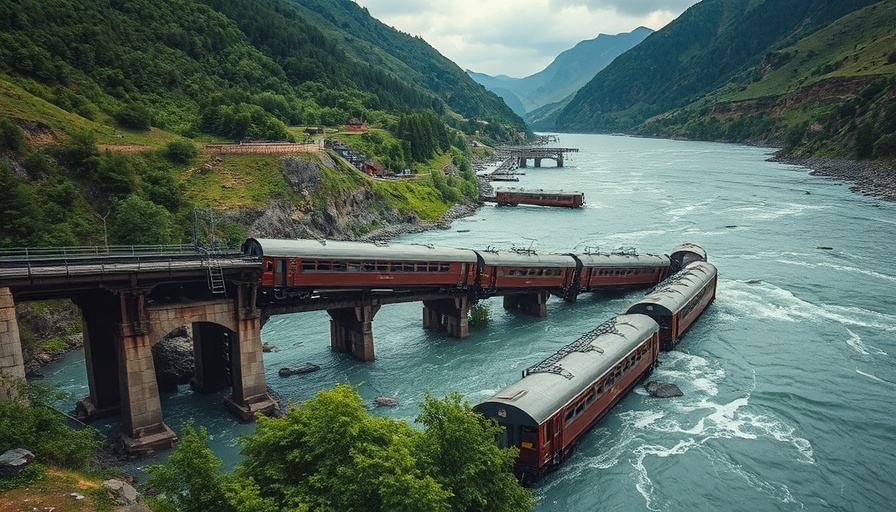
Understanding the New Tax Break for Auto Loans
A recent tax change allows buyers of new vehicles to deduct the interest on their auto loans, which could offer financial relief to many. Under President Trump’s administration, this initiative aims to not only ease the burden of car ownership but also boost domestic auto production. It’s a significant adjustment to the previous tax code, which primarily benefited homeowners through mortgage interest deductions.
Eligibility Requirements for the Tax Break
To take advantage of this new tax deduction, which will be available starting with the 2025 tax year, there are several stipulations. Buyers must purchase a new vehicle exclusively assembled in the United States. This deduction can reach up to $10,000 for vehicle loans, but it does not extend to used vehicles or commercial purchases. Additionally, individuals earning more than $150,000 (or couples earning more than $250,000) are ineligible, which could restrict access for higher earners.
Potential Economic Impact
With approximately 15.9 million new light vehicles sold in the U.S. last year, the tax break could potentially benefit around 3.5 million buyers if purchasing patterns remain similar. Given that about 60% of retail vehicle sales are financed with loans, the financial incentive could encourage many consumers to consider larger or newer models instead of holding onto older vehicles.
The Importance of Vehicle Assembly Location
One key point is that the tax deduction specifically applies to vehicles assembled in the U.S., a significant factor for buyers to consider when selecting their next car. This definition opens the eligibility gates wide for brands like Tesla, which assembles all of its models stateside. However, it also complicates the decision for consumers who may not be aware of where specific models are made, as the assembly location can vary by model even from the same brand.
Implications for Car Manufacturers
This initiative aligns with Trump's promise to stimulate massive domestic production, encouraging automakers to focus more on local assembly plants. Companies like Ford, where 78% of vehicles sold in the U.S. are assembled domestically, stand to benefit greatly. Conversely, automakers with lower domestic assembly rates may need to adapt their supply chains to qualify for this tax incentive, potentially reshaping the competitive landscape in the auto industry.
Conclusion: Broader Context
While this tax break presents an attractive incentive for buyers and may invigorate the auto market, the actual impact on sales remains to be seen. As with any tax initiative, effectiveness relies on how broadly consumers can access the benefits. Education about the specifics of the program and its restrictions will be crucial in determining its overall success.
In a rapidly changing economic landscape, staying informed about such financial tools can arm consumers with the knowledge necessary to make sound purchasing decisions.
 Add Row
Add Row  Add
Add 




Write A Comment